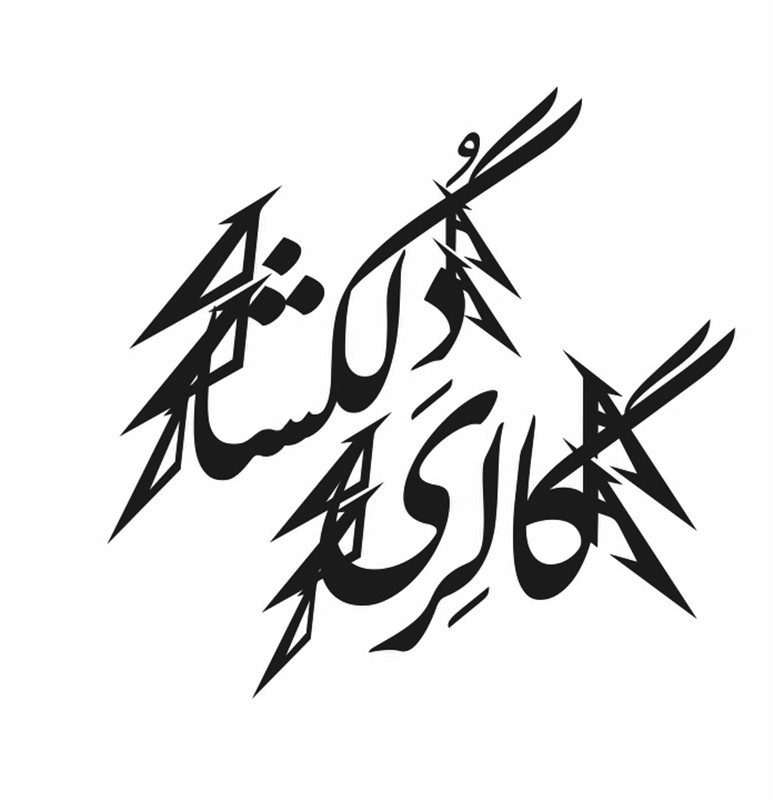 Delgosha Gallery
Delgosha Gallery
Ali Ansari’s paintings concern the surface of the painting; the surface facing you, the one we are supposed to stand right in front of so as to look at it, as we instinctually do with every other painting. If we aim to look at a painting by the 19th-century Iranian painter Esmail Jalayer, we would do our best to stand right in front of the work, and exactly at the right distance from it. If we go a meter or less to the left or the right, we are not properly looking at the painting anymore. Perhaps we even consider our action offensive to the painting and the painter. Was the painter standing at such a strange angle when creating the painting? This will not happen. Our eyes prefer to look at the painting surface from exactly the point in front of it.
But now, looking at the paintings by Ansari, this has changed. Wherever we stand, we are faced with a possible scenario for looking at Ansari’s painting. We can narrow our angle of view and standing position so much as to read the edge of the painting, where it ends or can even become absent.
The above carry the weight of an exaggeration. It is aimed to show what the painter has sought to do. Before starting the painting, Ansari divides the space into geometrical angles. He chooses a fruit or a set of fruits for each part. Using oils, he paints a still life on a surface that is usually white. His fruits are not hovering in a vacuum, nor floating or suspended in air. His fruits are surfaces painted right in front of another surface, accessing a new territory. For a simpler explanation, we can trim out one of these fruits from the canvas and show it to the viewer in our hand.
Eventually, after painting the fruits in precisely-selected angles, Ansari restarts his divisions; this time using a measuring tape made out of plastic and fabric. He adds another surface layer to the existing surface. Now we know the exact dimensions of the eggplant or the apple on the painting; a cue that can help us understand more about the surface of the painting. We can see the eggplant that has been altered in size and painted, and then try to calculate the original angle on which the eggplant would be similar to its real-life size. If we find that angle, we can conclude what size that eggplant would be if painted on that specific angle.
So what good is any of this?
This is merely a possible scenario. It refers to the fact that painting can be this too.
Text by Shabahang Tayyari, November 2021
